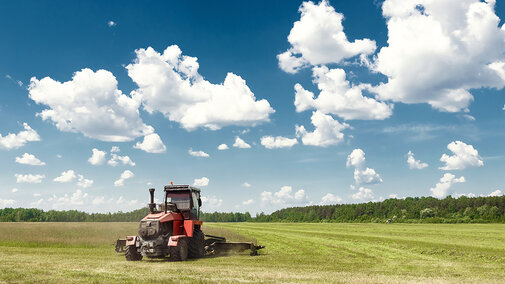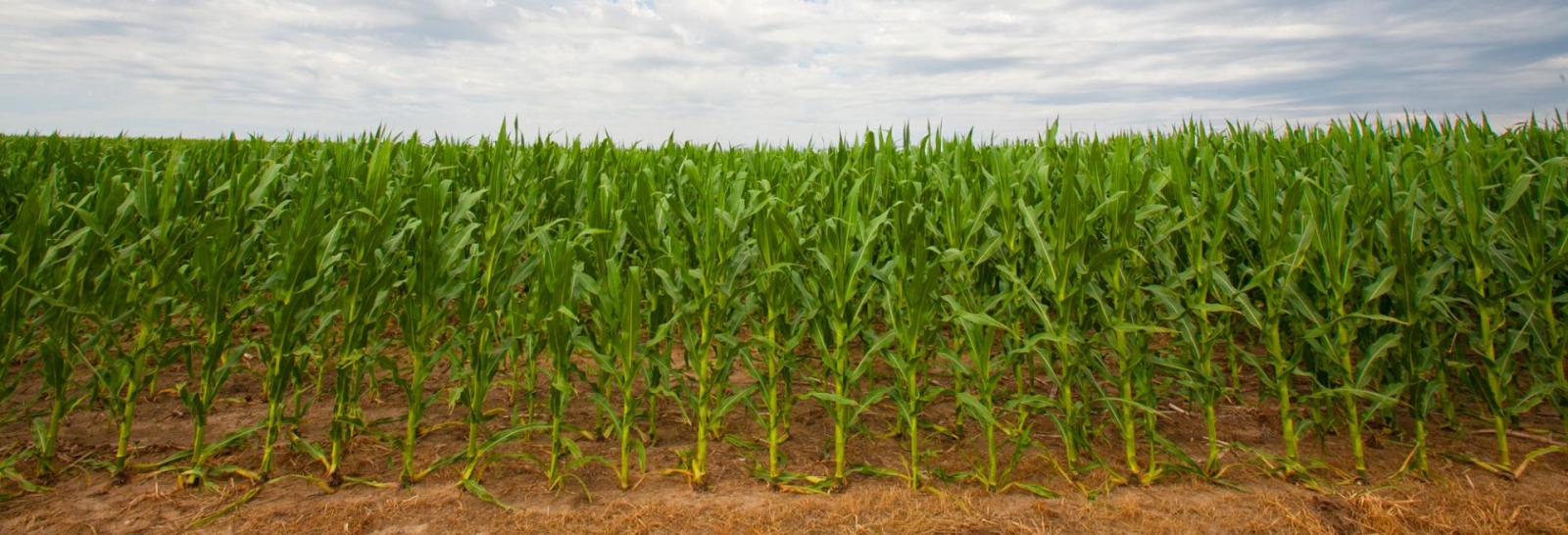Grazing Summer Annual Forages
Summer annual forages such as sudangrass, sorghum-sudan hybrids and pearl millet planted this spring soon could be ready to graze. There are some grazing guidelines to help avoid potential hazards.
The first guideline is to never turn hungry animals into sudangrass or sorghum-type pastures, as they may eat so rapidly that they could get a quick overdose of prussic acid and die. All sudangrass and sorghum-type hybrids can produce a compound called prussic acid that is potentially poisonous. Prussic acid, or cyanide, is nothing to fear, as long as you use a few precautions to avoid problems.
The highest concentration of prussic acid is in new young shoots, so let your grass get a little growth on it before grazing to help dilute out the prussic acid. Let sudangrass get 15 to 18 inches tall before grazing. Sorghum-sudan hybrids usually have a little more prussic acid risk, so wait until they are 18 to 24 inches tall.
Pearl millet does not contain prussic acid, so if you planted millet these grazing precautions aren’t needed. Pearl millet can be grazed when it reaches 12 to 15 inches tall.
Nitrates also can accumulate in these grasses, particularly when there are droughty conditions and/or excess nitrogen fertilization. Avoid grazing these grasses too short, since nitrate concentration is highest in the lower parts of the stems.
Summer annual grasses respond best to a simple, rotational grazing system. Divide fields into three or more smaller paddocks of a size that your animals can graze down to about eight or so inches of leafy stubble within seven to 10 days. Repeat this procedure with all paddocks. If grass in some paddocks gets too tall, it could be cut for hay.
A well-planned start, good rotation and a little rain can give you good pasture from these grasses all the rest of the summer.
Forages Following Wheat
Wheat harvest usually pegs the halfway point in the Nebraska crop growing season. As hot days shutdown wheat growth, there is still adequate growing season days left for new plantings of forage or cover crops following wheat harvest, if soil surface moisture is not a limiting factor.
Warm-season forages such as sudangrass, teff, pearl millet, foxtail millet and forage sorghum are summer annuals that peak their production in July and August. These species usually peg hay forage yield potential at two to three tons per acre if planted soon after wheat harvest. Irrigated early maturing corn or solid seeded soybeans can also be viable silage or hay options if planted at higher seeding rates.
Oats and turnips planted in late July to early August can be another option for fall grazing if hard freezes are delayed. However, if irrigation is not an option, then forage sorghum is likely a better choice.
Sunflowers can also be a good short-season silage option since this crop can survive light frosts. The biggest concern with planting sunflowers is potential volunteer wheat surviving in sunflowers due to limited herbicides.
In 2025, almost all Nebraska wheat fields experienced wheat streak Mosaic disease yield losses. Since volunteer wheat and rye cover crops can host wheat curl mites and vector this disease to newly planted wheat fields, be kind to your neighbors and control volunteer at least two weeks prior to fall wheat plantings emergence.
On sandy soils, foxtail millet and pearl millet might be better for summer hay production due to drying faster and not regrowing after cutting, thus preserving moisture for subsequent crops.
Cane hay has traditionally been grown for high tonnage, but it usually has lower feed value and dries slower than hybrid sorghums and millets. Teff provides excellent quality as a soft, leafy forage especially appealing for horses, but has lower tonnage compared to other summer annuals.
More information regarding forages following wheat is available on CropWatch.
Sub-irrigated Meadow Hay Harvest
July traditionally means the beginning of the haying season for Sandhills sub-irrigated meadows. A key point related to the quality of meadow hay is harvest date. Crude protein and energy concentration decline as plants become stemmy and mature. As this happens, the types of livestock that can be fed that hay with little or no supplements become more limited.
A good practice can be to record harvest dates for different meadow fields. Quality of hay cut in early July could vary significantly compared to hay cut in late July or August. It can also be useful to include notes if hay was impacted by rain before baling. This information, along with hay tests, can help you make hay feeding decisions this winter and next spring. Also remember that earlier meadow harvest will provide a longer regrowth period and extra growth for fall grazing.
Within some meadows, there can be variation in hay quality depending on plant species that are present. Sedges and rushes are most common in the wettest and lower parts of meadows and these species are lower in quality compared to grasses.
The extra rain received in parts of Nebraska this year has been mostly welcome. But excess rain can make some meadows impossible to even get in to cut the hay. When hay is in demand, waiting until the ground dries and firms up enough to drive haying equipment over it is an option, but the quality of this late cut hay will be lower.

